Everything you need to know about specifications and performance - Infiniti Q50 2017 - S 3.0t (405 Hp) Automatic
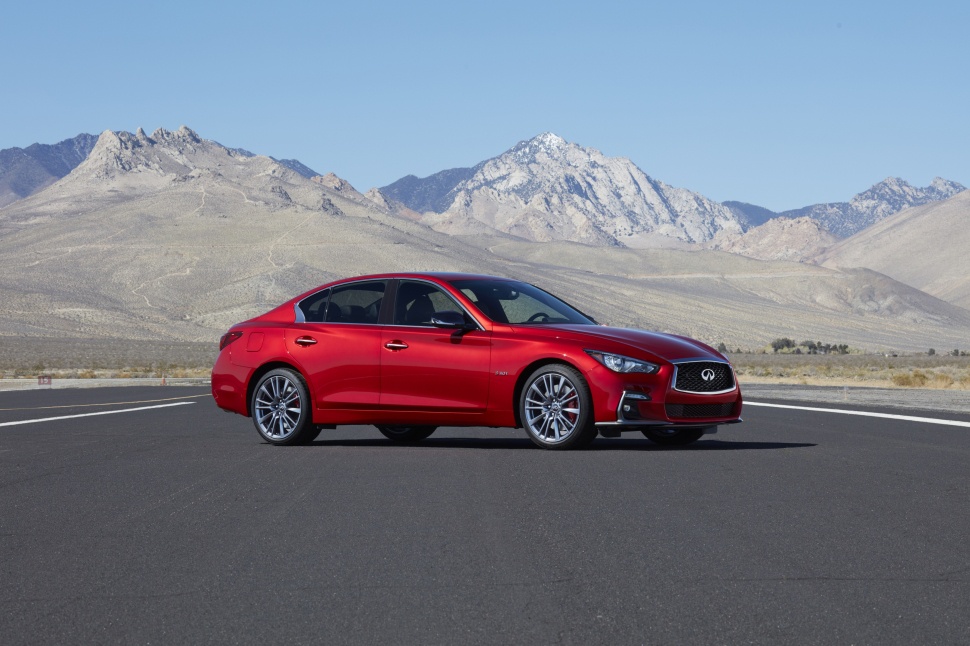
Overview:
What is the engine capacity of a Infiniti Q50 2017?
The engine capacity of the Infiniti Q50 2017 is 2997.
Infiniti Q50 2017 How many horsepower?
The engine power of the Infiniti Q50 2017 is 405 Hp @ 6400 rpm..
What is the Infiniti Q50 2017 engine?
Infiniti Q50 2017 engine is VR30DDTT. (Click to see other cars using the same engine)
How much gasoline does a Infiniti Q50 2017 consume?
The Infiniti Q50 2017 consumes 9.1 liters of gasoline per 100 km
What is the recommended oil for a Infiniti Q50 2017 engine?
The recommended oil for a Infiniti Q50 2017 car engine is 0W-20.
What type of camshaft transmission system is used in a Infiniti Q50 2017 engine?
chain is used to transmit motion.
General:
Engine:
Performance:
Space:
dimensions:
Powertrain, Suspension and Brakes:
See also
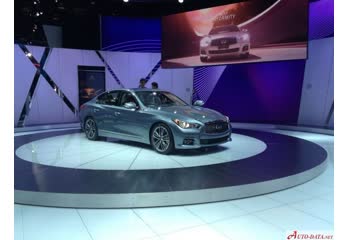
Other generation.
Its production began in 2014 until 2015
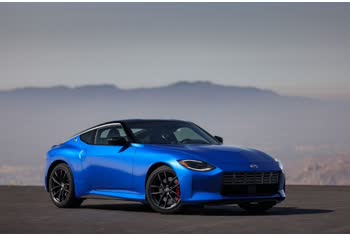
Same engine. (VR30DDTT).
Its production began in 2022 until Now
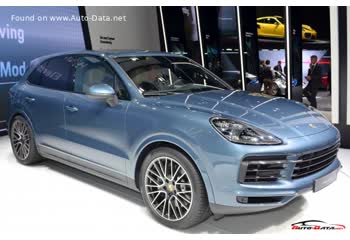
Same production year and almost the same engine capacity.
Its production began in 2017 until 2023
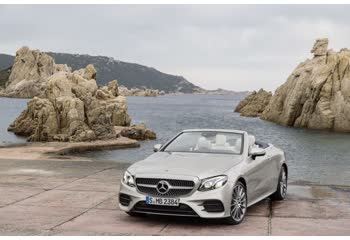
Same production year and almost the same engine capacity.
Its production began in 2017 until 2018
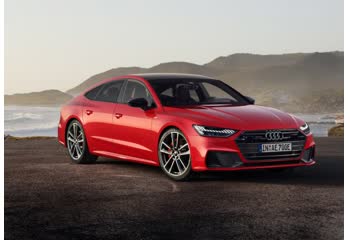
Same production year and almost the same engine capacity.
Its production began in 2017 until 2023

Write a comment